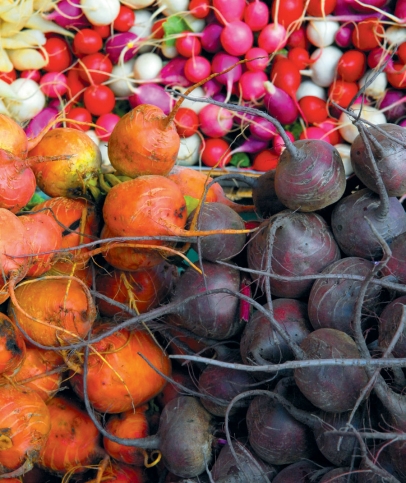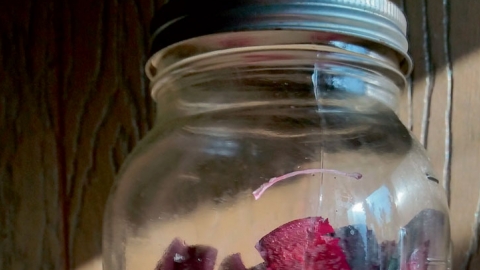Culture Club - Fermenting is Healthy and Fun!
Fermenting local vegetables is easy, fun and healthful
Fermentation, a centuries-old method of preserving food, has become much more than a way to enjoy seasonal foods year-round. The highly variable tang and sourness of fermented foods also expand your flavor palate, breathing new life into a variety of dishes while adding some creative flair to your routine cuisine. And consuming fermented foods is believed to offer a variety of health benefits.
So what exactly are fermented vegetables? Fermentation is simply a way of preserving food in its natural state. Unlike canning, fermentation requires no boiling, and unlike pickling, many fermentation recipes use no vinegar. Salt or starter cultures—packages that contain “good” or “healthy” bacteria—that help break down food can be added to the vegetables before they are allowed to set in a container.
Most vegetables can be fermented, not just the cabbage in your sauerkraut or Napa cabbage in your kimchi but also carrots, cucumbers, radishes, parsnips, tomatoes, peppers, green beans. Even nuts can be fermented, although they aren’t exactly vegetables. In the process of fermenting, the vegetables develop a tartness, which you can tailor to your liking. I love fermenting because it is a great way to connect with seasonal produce and my family history of farming and gardening.
Fermented foods are a natural source of gut-healthy probiotics—the so-called “good bacteria” that live in your gut—that support your immune system and aid in digestion. In addition to the nutrients the vegetables naturally contain, fermented foods are also natural sources of vitamins B and C, which are produced by good bacteria as the fermentation process occurs.
The preparation of fermented foods can be a scary thought for first timers. Some fermented foods require different techniques. So, here are a few standard tips shared by fermentation guru and Sandor Katz, author of The Art of Wild Fermentation, during an interview with Food Safety News (foodsafetynews.com):
• Make sure your hands, your equipment used in preparation and your food are all clean.
• Pay attention to the temperature at which your dish will be stored. Sauerkraut may not ferment below 60° F during the fermentation process, and temperatures higher than 75° F may lead to mushy cabbage.
• Store fermented items away from light to avoid oxidation. Other key tips include:
• Always use either glass or ceramic to ensure your food ferments properly and to avoid leeching (lactic acid is a byproduct of fermentation).
• Also, use only stainless steel utensils in your preparation and handling of your fermented foods. Regular metal utensils may stop the fermentation process.
For more about information about fermentation and to read the interview with Sandor Katz, check out the following resources: The Art of Fermentation, by Sandor Ellix Katz (2012), and Mastering Fermentation: Recipes for Making and Cooking with Fermented Foods, by Mary Karlin (2013) foodsafetynews.com.
In the meantime, check out these fun and easy recipes you can make today with ingredients from your local farmers market









